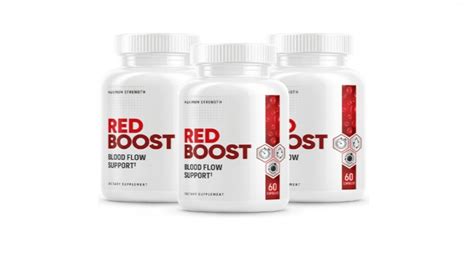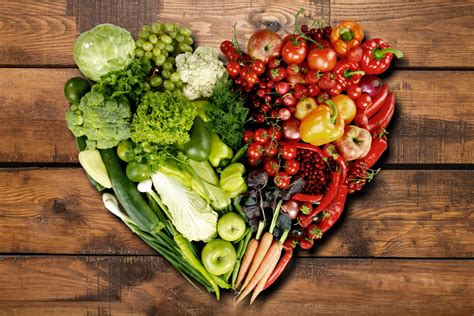Boost natural T-levels for strength & recovery: diet & training?

Understanding the Power of Natural Testosterone
Testosterone, often hailed as the king of hormones, plays a pivotal role far beyond just muscle mass. For men and women alike, healthy testosterone levels are crucial for strength, muscle recovery, bone density, mood regulation, energy levels, and even libido. While synthetic options exist, the safest and most sustainable path to optimizing this vital hormone is through natural means, primarily diet and exercise. This article delves into actionable strategies to naturally boost your T-levels, enhancing your physical performance and overall well-being.

The Dietary Blueprint for Testosterone Optimization
What you put into your body directly impacts hormone production. A balanced diet rich in specific nutrients is foundational for healthy testosterone levels. Avoiding crash diets and restrictive eating patterns is key, as these can signal stress to the body and suppress hormone production.
1. Embrace Healthy Fats
Cholesterol, a precursor to testosterone, is derived from dietary fats. Don’t fear healthy fats; they are essential. Incorporate sources like avocados, nuts (almonds, walnuts), seeds (chia, flax), olive oil, and fatty fish (salmon, mackerel). Aim for a good balance of monounsaturated, polyunsaturated, and saturated fats, ensuring saturated fats come from whole, unprocessed sources.
2. Prioritize Quality Protein
Protein is vital for muscle repair and growth, which indirectly supports a hormonal environment conducive to testosterone. Include lean meats (chicken, beef), eggs, fish, and plant-based proteins (lentils, beans, tofu) in your daily intake. Sufficient protein intake also helps maintain a healthy body composition, which positively influences T-levels.
3. Micronutrient Powerhouses: Zinc, Vitamin D, and Magnesium
- Zinc: This mineral is directly involved in testosterone production. Good sources include red meat, shellfish (oysters are exceptionally high), pumpkin seeds, and legumes.
- Vitamin D: Often called the “sunshine vitamin,” Vitamin D functions more like a hormone in the body and is strongly linked to testosterone levels. Spend time in the sun or consider supplementation, especially if you live in northern latitudes. Fatty fish, egg yolks, and fortified foods are dietary sources.
- Magnesium: Critical for over 300 biochemical reactions in the body, magnesium helps prevent testosterone from binding to proteins, making more free testosterone available. Spinach, almonds, black beans, and avocados are excellent sources.

Training Strategies to Naturally Elevate T-levels
Exercise is a powerful stimulus for testosterone production, but not all training is created equal. The type, intensity, and volume of your workouts can significantly impact your hormonal response.
1. Focus on Compound Lifts
Exercises that engage multiple muscle groups simultaneously are particularly effective. Think squats, deadlifts, bench press, overhead press, and rows. These movements stimulate a greater hormonal response compared to isolation exercises because they recruit more muscle fibers and place a higher demand on the central nervous system.
2. Incorporate High-Intensity Interval Training (HIIT)
Short bursts of intense exercise followed by brief recovery periods have been shown to boost testosterone and growth hormone. HIIT can be integrated into your routine through sprints, cycling, or bodyweight circuits. Just be mindful not to overdo it, as excessive high-intensity training without adequate recovery can backfire.
3. Avoid Overtraining and Prioritize Recovery
While intense exercise is beneficial, pushing your body too hard without sufficient rest can elevate cortisol (the stress hormone), which can suppress testosterone. Listen to your body, schedule rest days, and consider active recovery like walking or stretching. Consistency over intensity is often the key to sustainable gains and hormonal health.

Beyond Diet & Training: Lifestyle Factors
Diet and training are cornerstones, but other lifestyle elements play a significant role in maintaining optimal testosterone levels.
1. Get Enough Quality Sleep
Sleep deprivation is a major T-level killer. Most testosterone is produced during deep sleep. Aim for 7-9 hours of high-quality sleep per night. Establish a consistent sleep schedule, create a dark and cool sleep environment, and avoid screens before bed.
2. Manage Stress Effectively
Chronic stress leads to elevated cortisol levels, which has a direct inverse relationship with testosterone. Implement stress-reduction techniques such as meditation, deep breathing exercises, spending time in nature, or engaging in hobbies you enjoy.

3. Maintain a Healthy Body Fat Percentage
Excess body fat, particularly visceral fat around the abdomen, can lead to increased estrogen conversion from testosterone through an enzyme called aromatase. Reducing body fat through a combination of diet and exercise can significantly improve your testosterone profile.

Conclusion: The Holistic Approach to Hormonal Health
Boosting natural testosterone levels for improved strength and recovery is not about quick fixes but rather a consistent, holistic approach. By intelligently integrating a nutrient-dense diet rich in healthy fats, quality proteins, and essential micronutrients, alongside smart strength training and high-intensity intervals, you create a powerful synergy. Couple this with adequate sleep, stress management, and maintaining a healthy body composition, and you’ll lay a solid foundation for optimizing your hormonal health, unlocking greater strength, faster recovery, and enhanced overall vitality.







